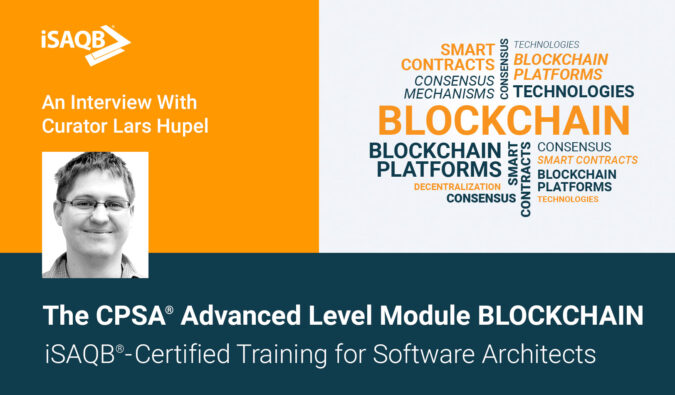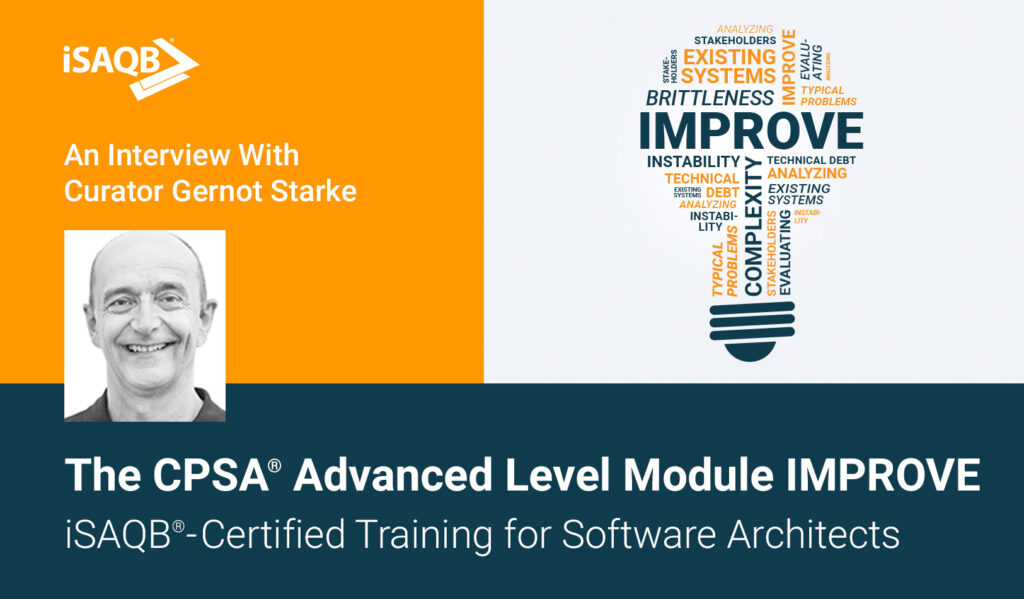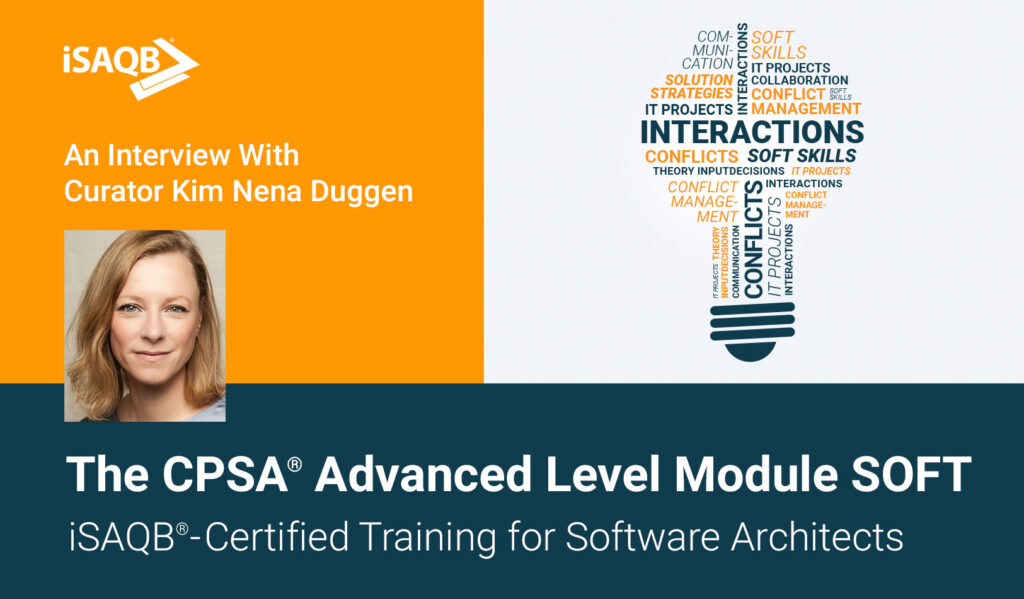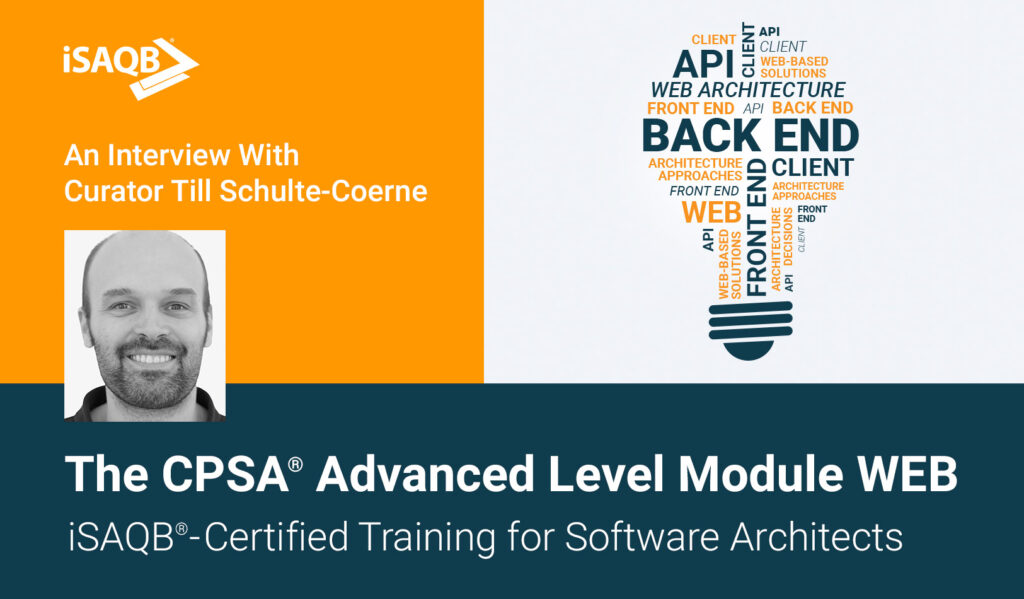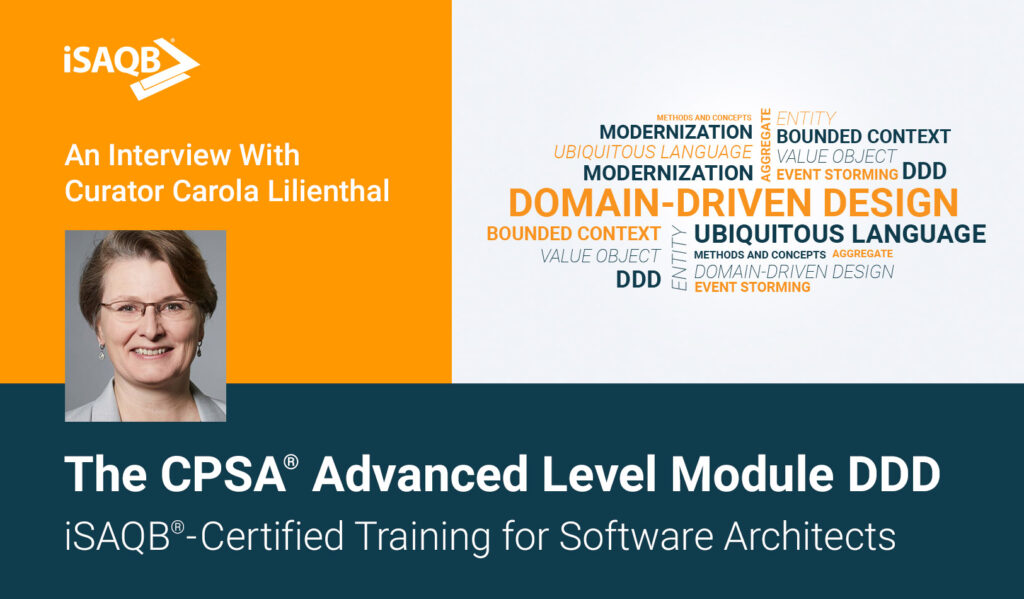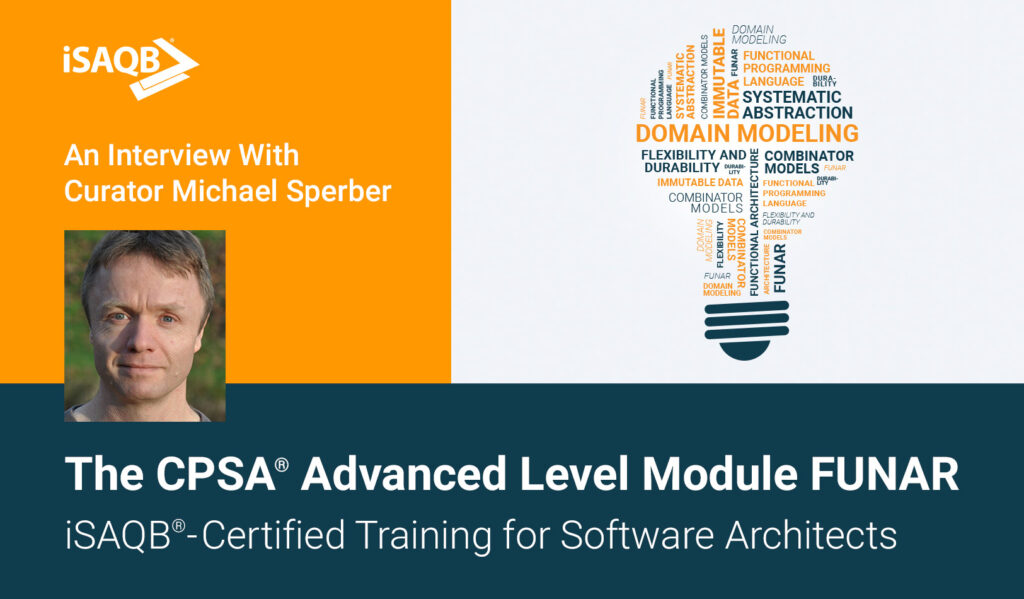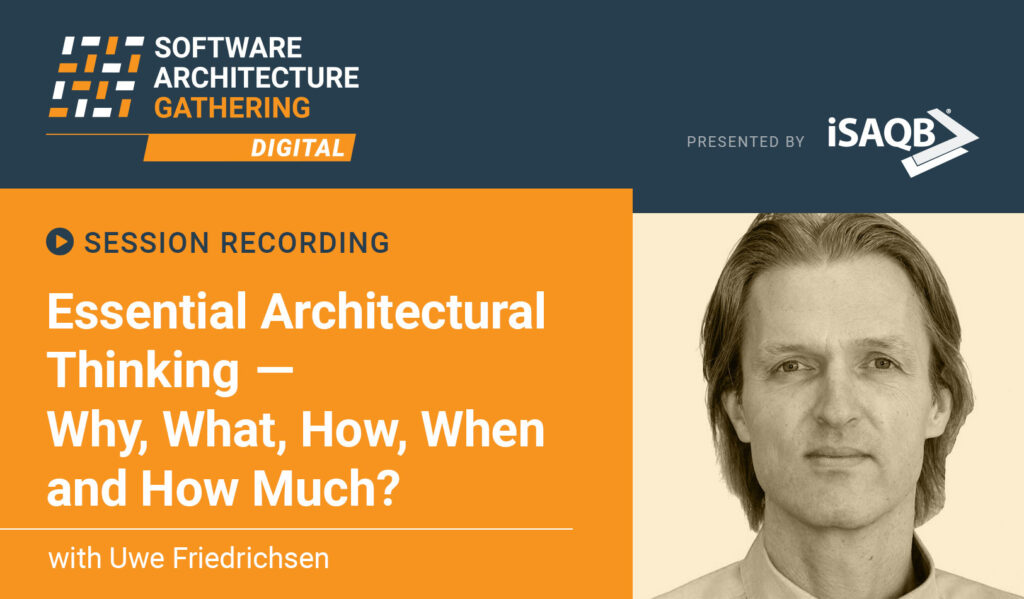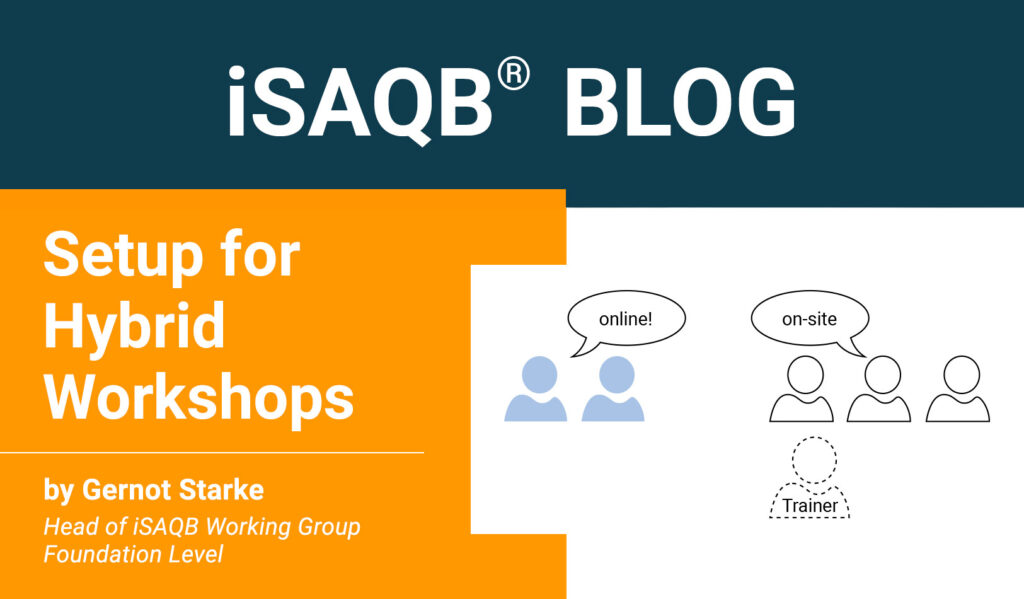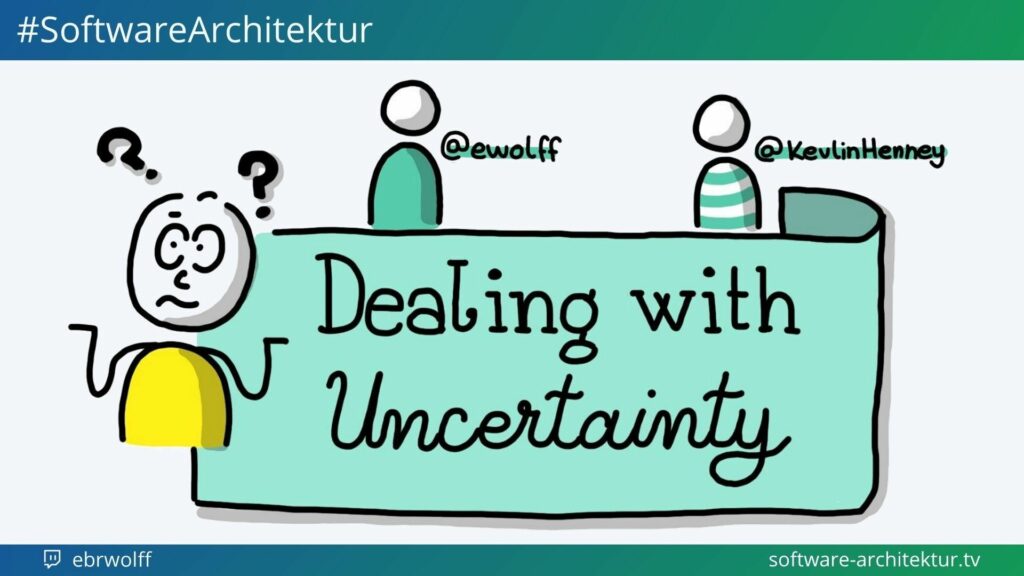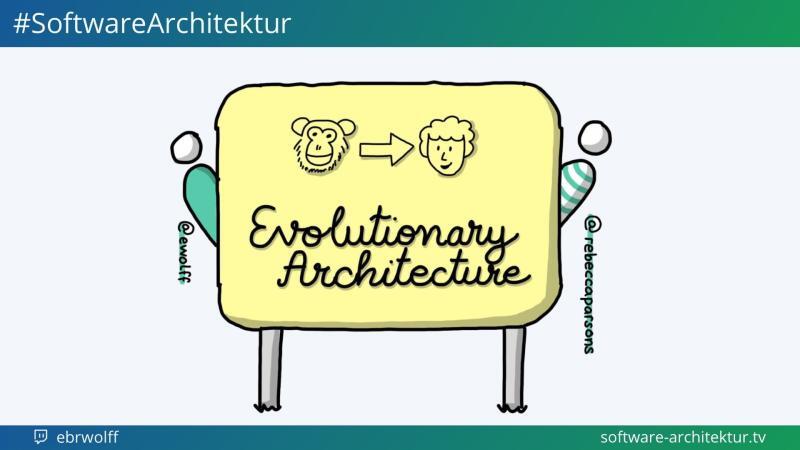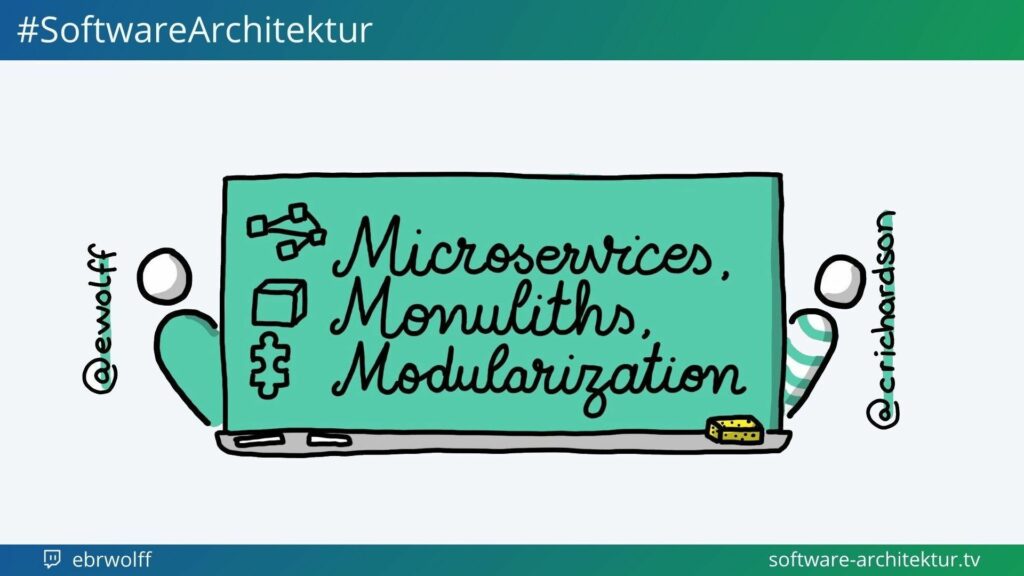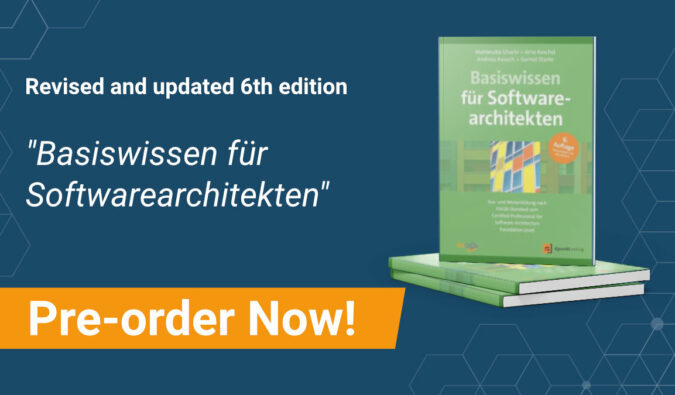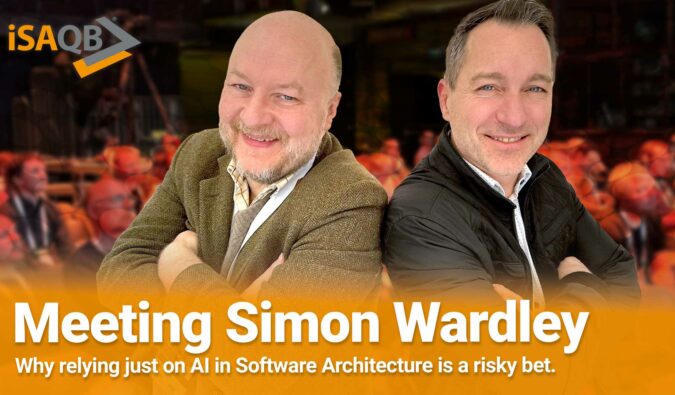Why Should I attend the CPSA® Advanced Training BLOCKCHAIN (Low-Trust Consensus in Decentralized Applications)?
An Interview With Curator Lars Hupel
The CPSA Advanced Level is the second step within the iSAQB’s multi-level CPSA program (Certified Professional for Software Architecture). One of the 17 training options of the Advanced Level that participants can choose from is the module BLOCKCHAIN – Low-Trust Consensus in Decentralized Applications.
In this informative interview, Lars Hupel, curator of the Advanced module BLOCKCHAIN, gives a great overview of content, practical relevance, and peculiarities that define this Advanced Level course.
Am I the right participant? Which audience does the module BLOCKCHAIN address?
The module is aimed at a diverse group of architects, developers, and decision-makers. Since blockchains are currently being hyped again by the often proclaimed “web3”, a mess of terms and technologies unfortunately emerges. The purpose of the training course is to sort and evaluate them.
How is the BLOCKCHAIN training course relevant for my professional practice as a software architect?
Blockchain refers to a bundle of technologies that can be applied to specific problems. Part of the core competencies of architects is to recognize and practically apply these and to weigh up their advantages and disadvantages. The training supports exactly this architecture work.
Which skills do I acquire from this module, what exactly do I learn in this training course?
The module is roughly divided into three topics:
- A solid introduction to the different aspects of blockchains, from consensus mechanisms to smart contracts
- Technical aspects and design decisions of blockchain platforms
- Architectural patterns and exercises for designing blockchain-based platforms
Since the training cannot do without specific examples, there is a mix of methodological and technical topics.
How does blockchain architecture differ from traditional architecture?
The core is technical and domain-related decentralization. In blockchain architectures, there is no single source of truth; data is always entered or changed by consensus between different parties instead. There is little or no need for trust between the parties.
You would like to learn more about the CPSA Advanced Level module BLOCKCHAIN? Please visit the BLOCKCHAIN module web page.
You would rather find and book a suitable BLOCKCHAIN training course right away? Then check out our training calendar.
Share this article:
Related Posts
- « Previous
- 1
- 2
- 3
- Next »
About the Author


